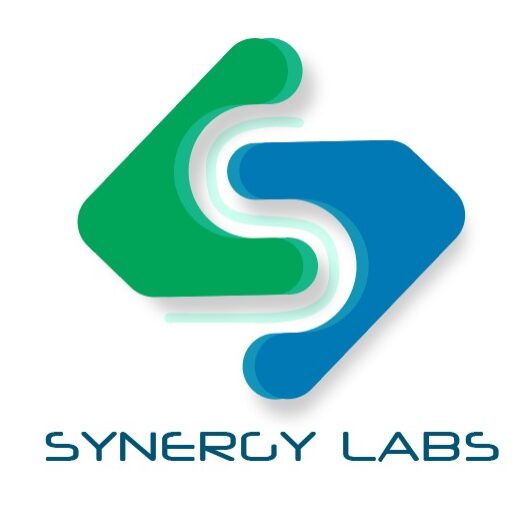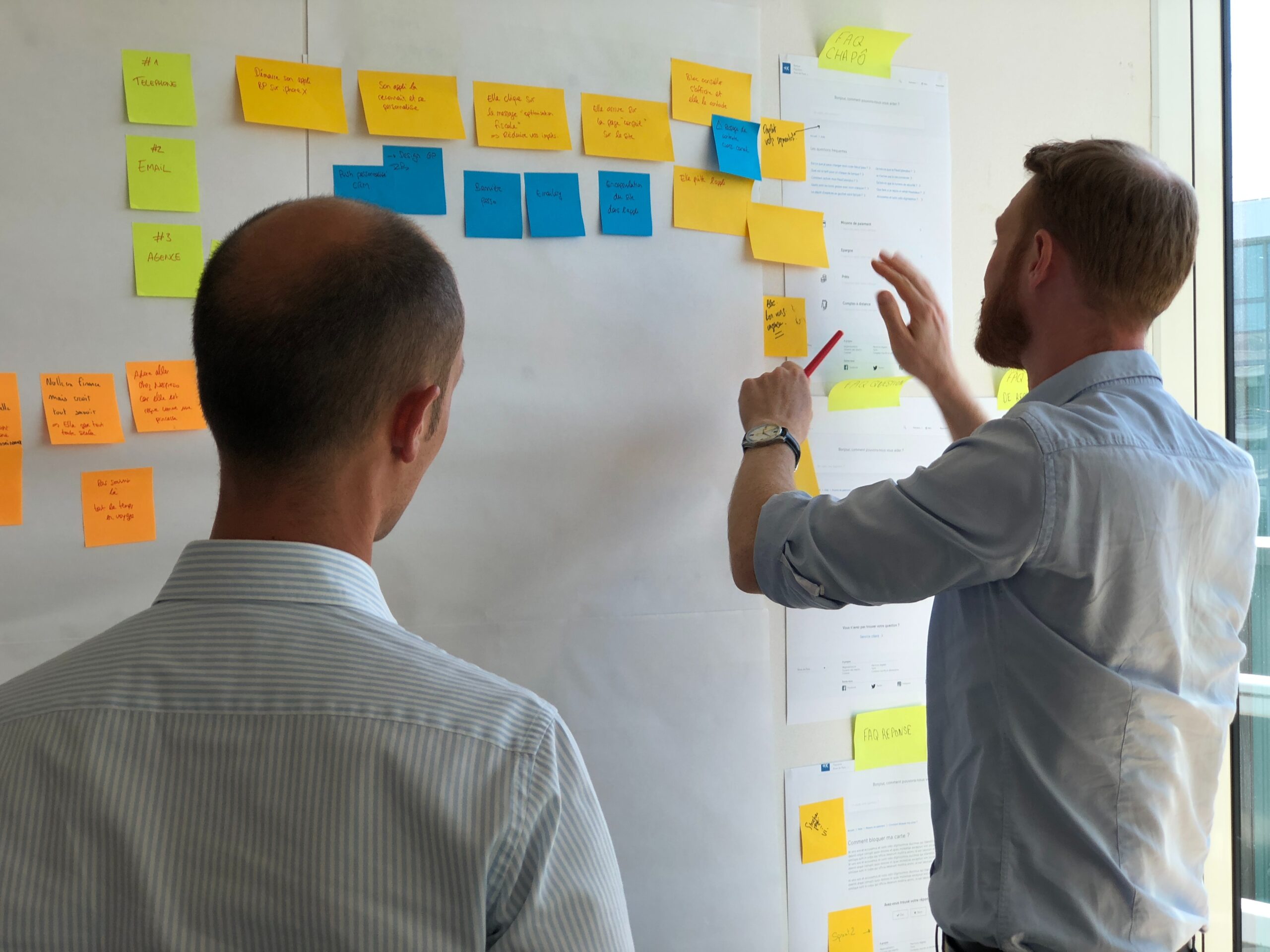????????Exploring Gemba: Unveiling the Heartbeat of Operational Excellence ????????♂️
In the context of Lean management and manufacturing, “Gemba” refers to the place where work is actually done, such as a factory floor, a construction site, or an office workspace. It is the place where value is created, where the process is happening, and where problems and opportunities for improvement can be identified.
A “Gemba walk” is a practice used in Lean management to observe and understand the process that takes place in the Gemba. It involves going to the workplace, observing the work as it is being done, asking questions, and engaging with the people who do the work. The goal of the Gemba walk is to gain a deeper understanding of the work, identify any inefficiencies or waste, and find opportunities for improvement.
During a Gemba walk, the focus is on observing the actual work, rather than relying on reports or data. The person conducting the walk should look for any issues or problems that could be affecting productivity or quality, and engage with the workers to understand their perspective on the process. The Gemba walk should be conducted in a non-judgmental manner, with the goal of identifying opportunities for improvement and making the process more efficient and effective.
Gemba walks are often conducted by managers, supervisors, or other leaders in the organization, but they can also be conducted by anyone who wants to gain a better understanding of the work being done. It is an important practice in Lean management as it helps to build a culture of continuous improvement and encourages everyone to be involved in identifying opportunities for improvement.
Embark on a transformative journey as we uncover the essence of Gemba and the profound impact of Gemba walks on organizational efficiency and continuous improvement.
🛡️How to do a Gemba walk 🚀
A Gemba walk is an effective way to observe the actual work process, identify inefficiencies and waste, and find opportunities for improvement. Here are some steps to conduct a Gemba walk effectively:
1. Plan your Gemba walk: Identify the area or process you want to observe, and set a clear objective for your Gemba walk. Identify the right time to conduct the walk when work is in progress.
2. Go to the Gemba: Go to the workplace and observe the work as it is being done. Take time to look around, observe the process and take notes on what you see.
3. Engage with the workers: Talk to the people doing the work, ask questions, and seek their input. This will help you understand their perspective and identify issues that may not be visible from just observation.
4. Keep an open mind: Avoid assumptions or preconceived notions about the process. Instead, approach the Gemba walk with an open mind, and try to see things from the workers’ perspective.
5. Look for waste and inefficiencies: Identify any unnecessary steps or activities, bottlenecks, or any other process issues that could be affecting productivity or quality.
6. Note your observations: Take detailed notes on what you observe and any ideas for improvements that come to mind. This will help you to create an action plan for improvement after the Gemba walk.
7. Follow up and implement changes: After the Gemba walk, review your observations, and develop an action plan to implement any necessary changes to the process. Follow up with the workers to ensure the changes are effective and sustainable.
💼 Conducting a Gemba walk is a valuable practice that can help you to understand the work process and identify opportunities for improvement. By engaging with workers and keeping an open mind, you can gain valuable insights into the process and make meaningful changes to improve productivity and quality.











